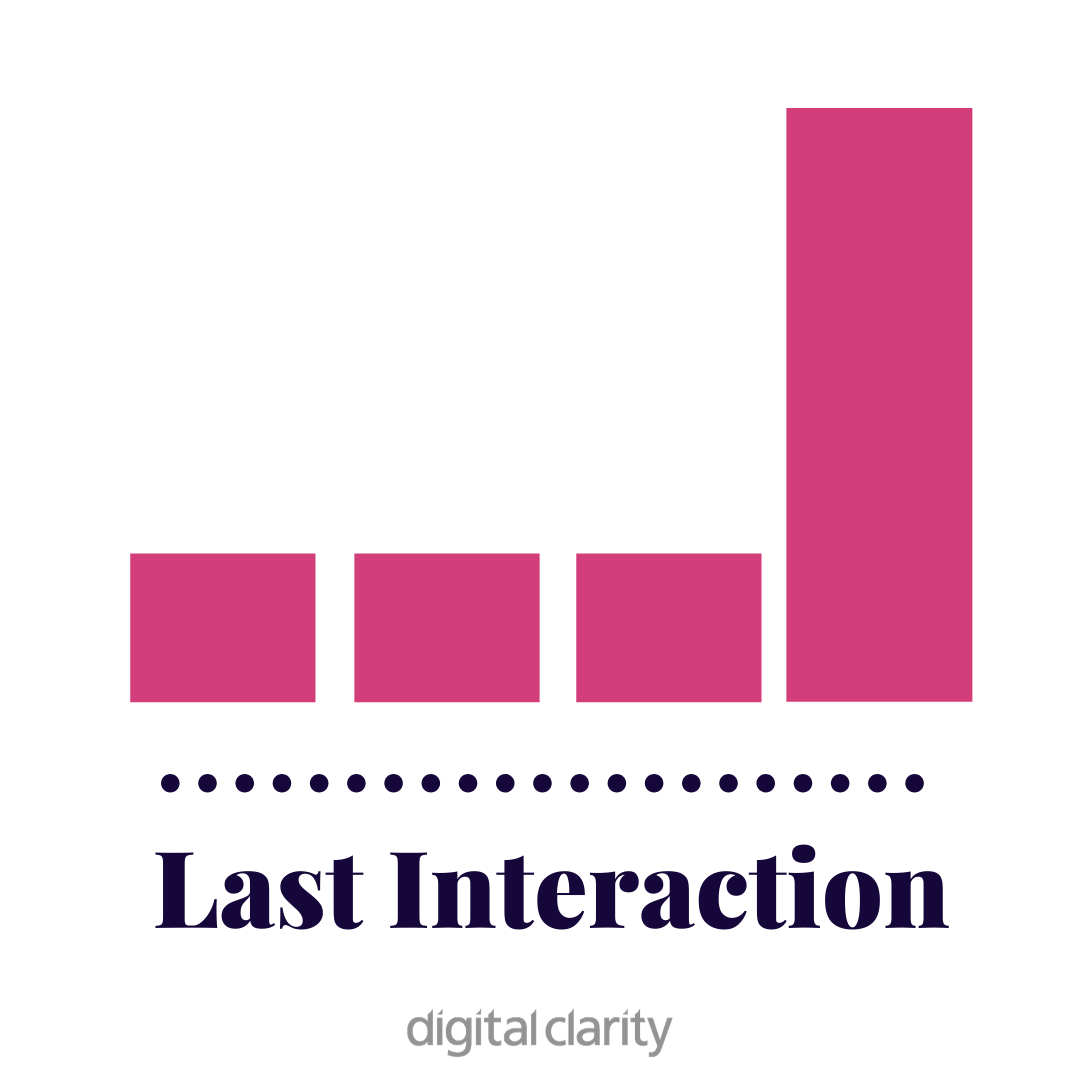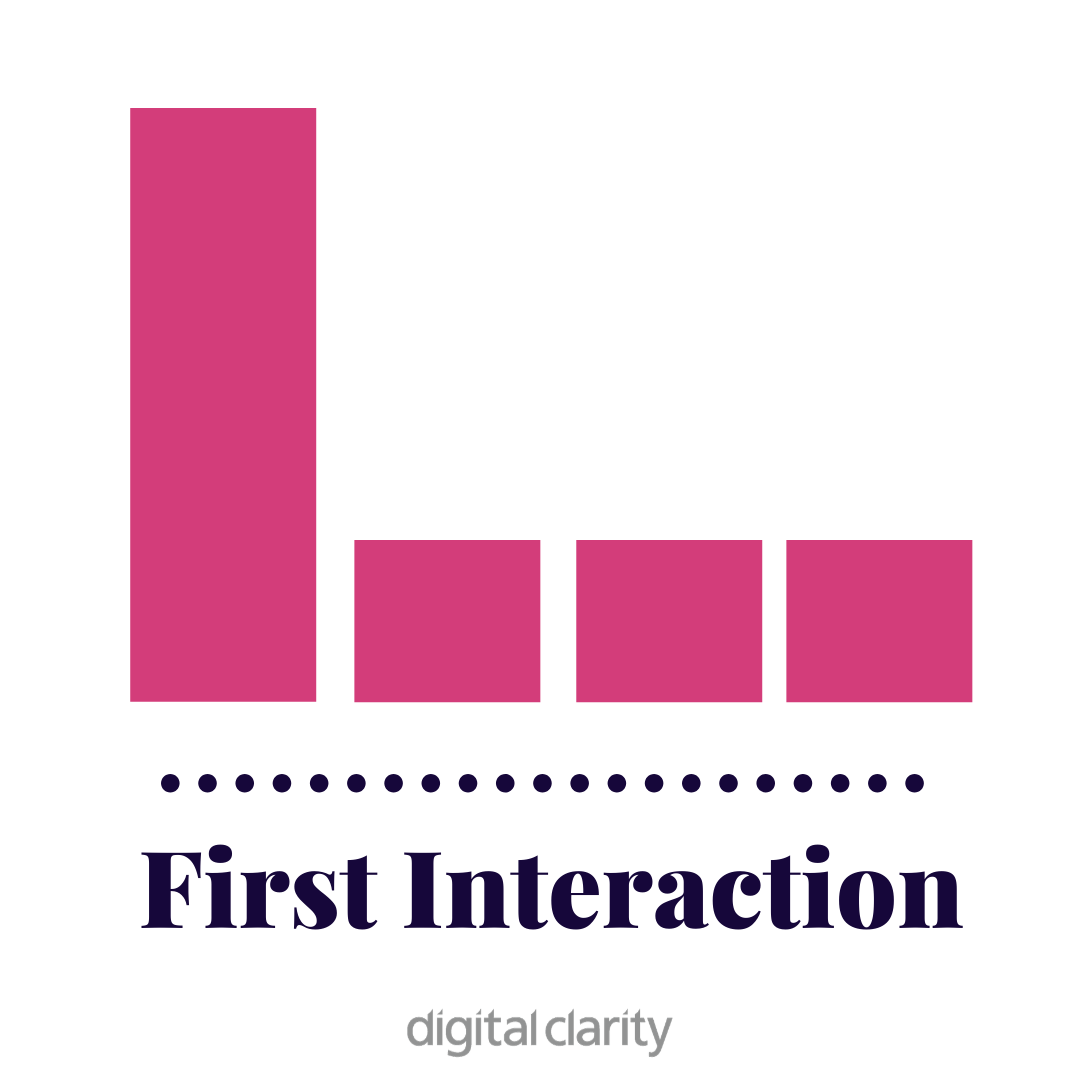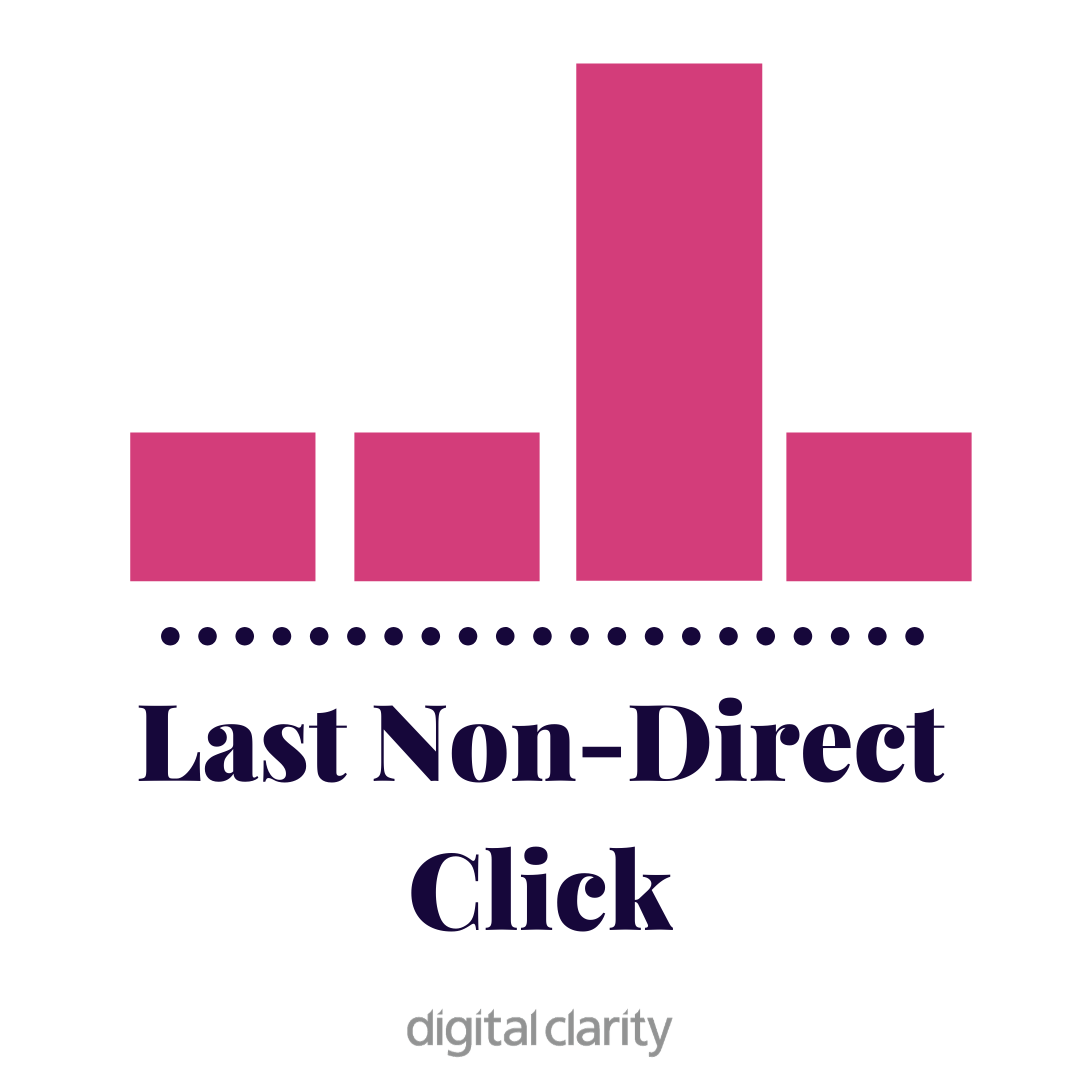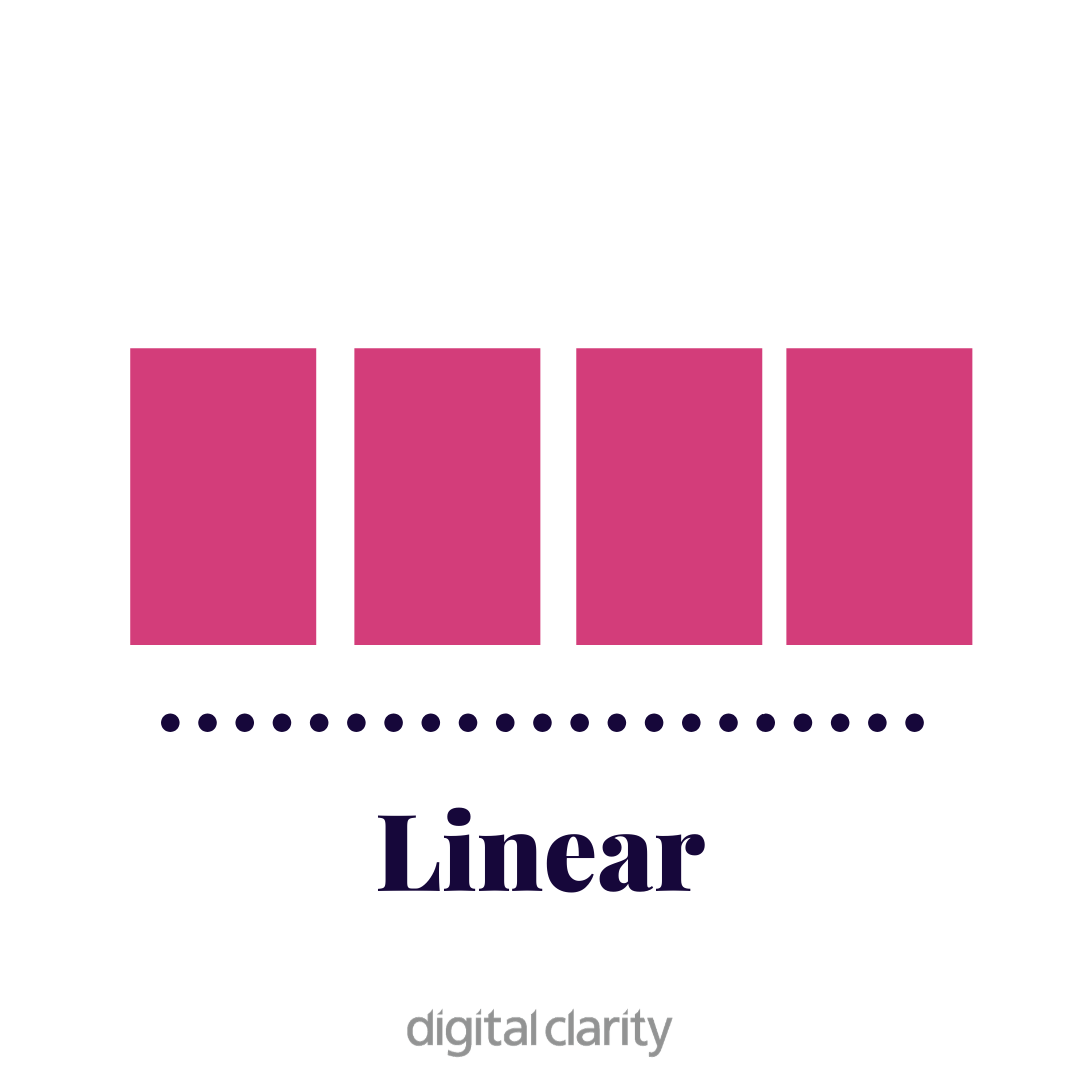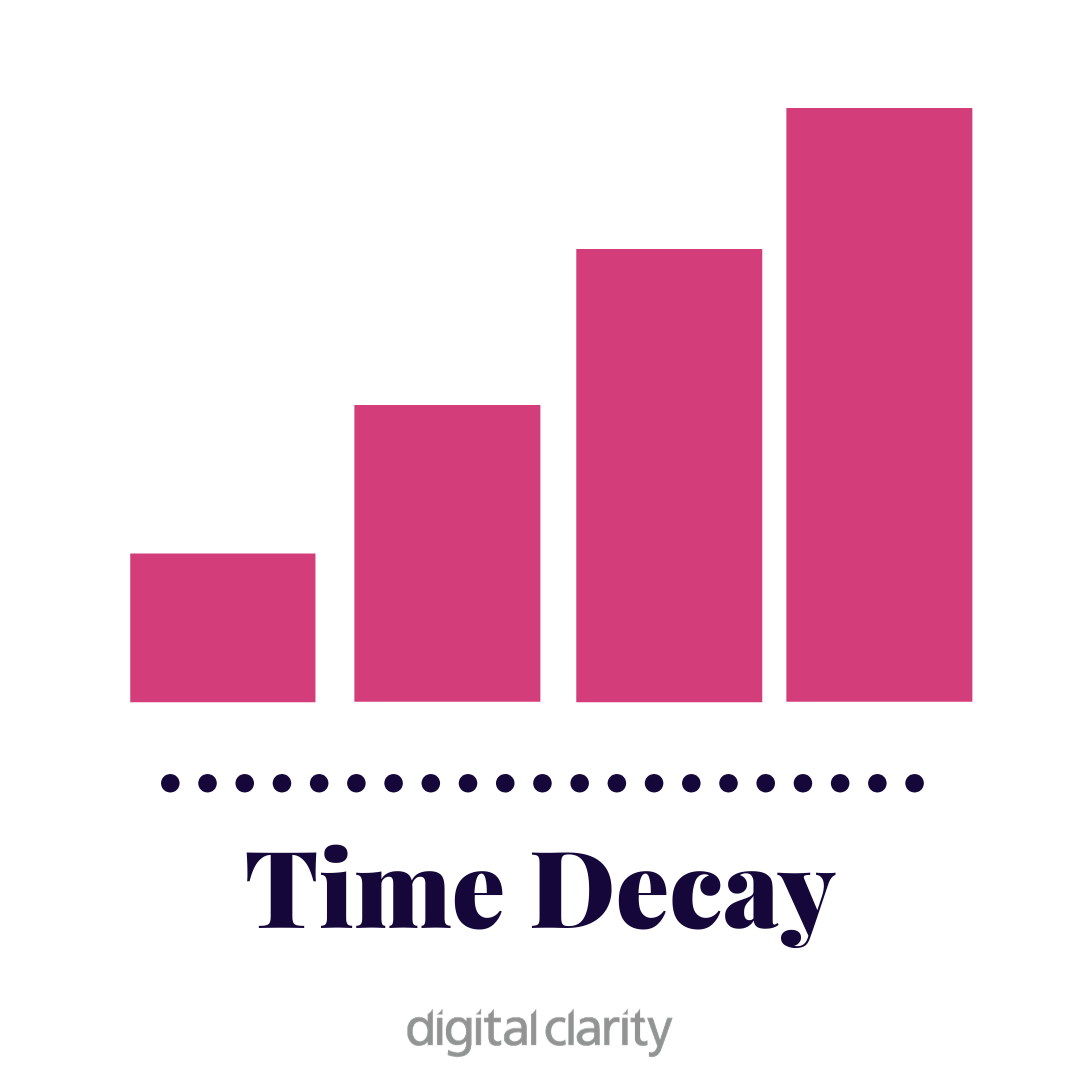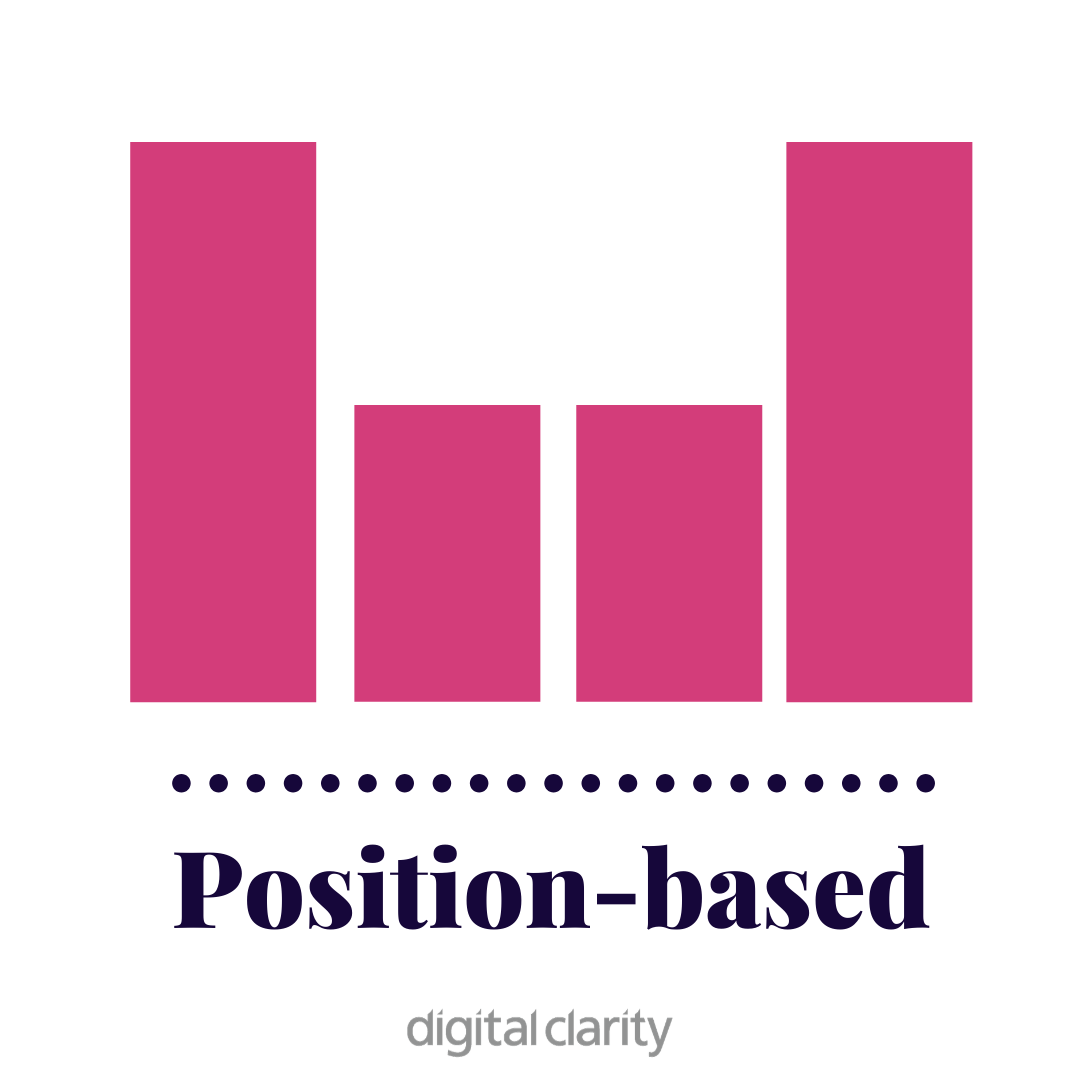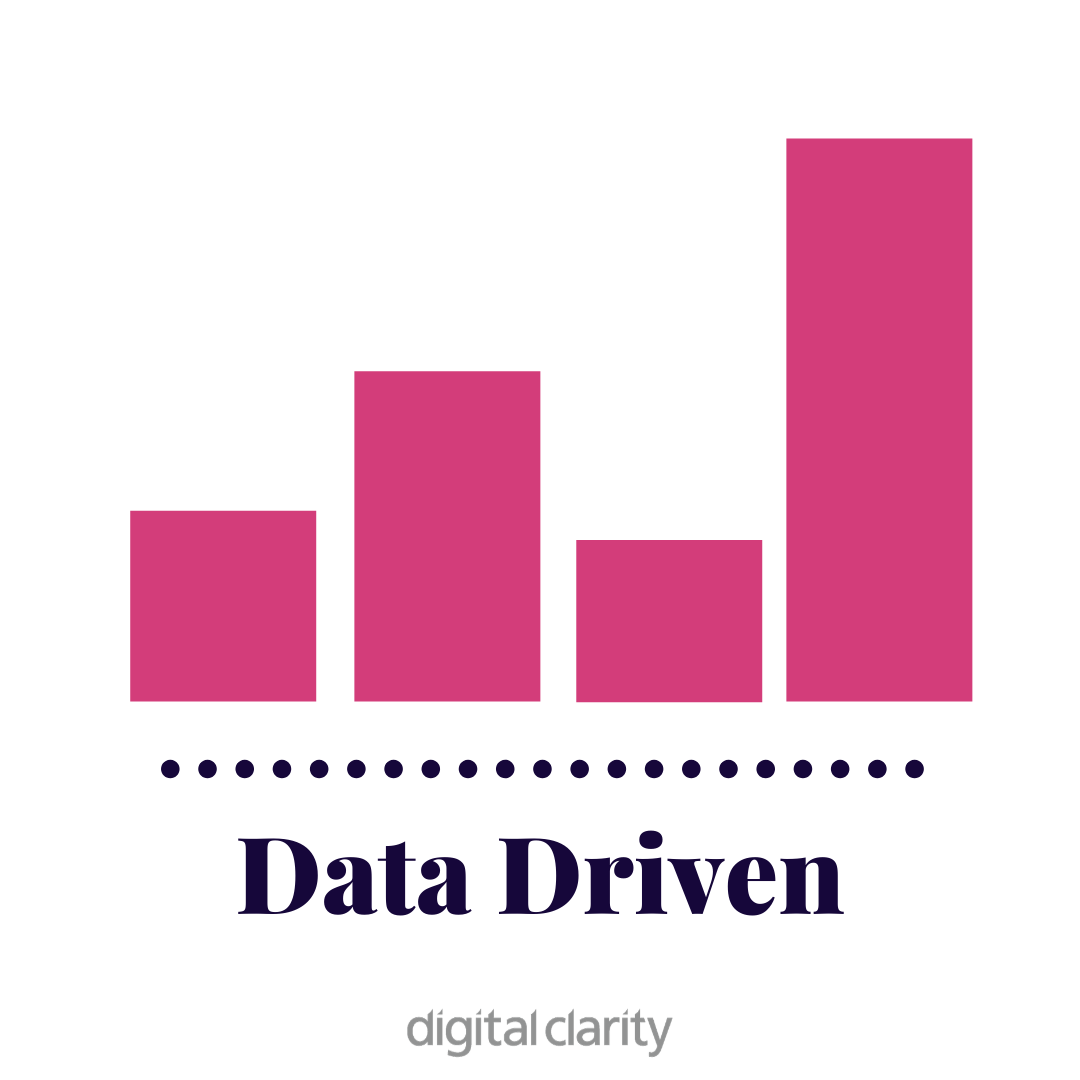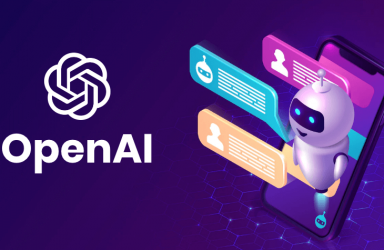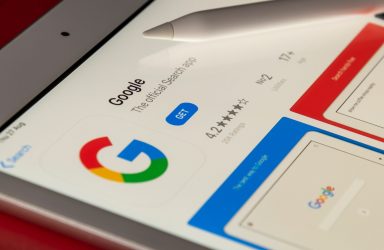[Updated: June 2021]
New to digital attribution modelling?
The user journey has never been more complex. Consumers are exposed to a plethora of multimedia across a range of different channels. It would seem that wherever we look online- search engines, websites, and social media channels- we are exposed to an abundance of ads and content that are constantly influencing our buying decisions.
With the need for a multi-channel approach comes the need to track and measure what’s working, and what’s not, with marketing attribution models.
Despite this, Hubspot’s State of Marketing Report 2021 revealed that only 54% of marketers are using attribution reporting to analyse which digital marketing channels are influencing buying decisions. This lack of use is potentially due to a lack of understanding when it comes to attribution.
Don’t know which attribution model you should be using?
Don’t worry, we’ve all been there. Bookmark this page, because this guide to attribution modelling will become your trusty friend.
In this guide to attribution modelling we cover:
What is marketing attribution modelling?
How does each attribution model work?
Why might you use a certain attribution model?
What is Attribution Modelling?
In digital marketing, marketing attribution is an analysis method that allows you to determine how important and valuable a marketing channel is in driving results for your business. By analysing which customer touchpoint has been instrumental in driving conversions, you can confidently establish the ROI of your marketing channels and campaigns.
We can use attribution modelling to compare and contrast which channels are the most important in a user’s conversion path. If you were to only use one attribution model to discover which channels were driving conversions, you are running the risk of disregarding the part that other channels may have played in those conversions. Attribution models work best when compared to each other.
Attribution is also used when determining which campaigns or even ads have been instrumental in driving conversions. This will be particularly pertinent if using ad sequencing.
How Do Digital Attribution Models Work?
Last Interaction (Last-click) Attribution Model
How Does it Work?
The last interaction model, also known as the last-click model, attributes 100% of the conversion credit to the last channel that the user interacted with before converting. Even if the user had interacted with other marketing channels previously, the conversion is attributed wholly to the last channel they interacted with before converting. This model is the default for most digital marketing platforms such as Google Analytics and Google Ads.
Example:
A user clicks on your social media ad and then browses your website. They’re interested in your products but don’t have time to purchase. They remember your brand name and come back to your site via Google Organic and make a purchase. This purchase, and the total value of the purchase, would be attributed to Google Organic despite the fact that Social Media Advertising was involved in the buyer journey.
Why Might You Use it?
The last interaction model is good for the digital marketer that wants to see which channel or campaign is encouraging users to convert. If your goals are centred around conversions, then you will be most likely to need to see which channels are the most valuable in finally converting users.
First Interaction (First-click) Attribution Model
How Does it Work?
The first interaction model, also known as the first-click model, attributes 100% of the conversion credit to the channel that the user first interacted with before converting. If the user visited your site via multiple channels before converting, the conversion will be attributed to the first channel from which they came to your site.
Example:
Your customer first finds your site through a paid search ad. They get served a remarketing ad on Instagram and come to your site again, but they still don’t convert. They then come to your site directly and finally convert. In this instance the conversion would be attributed to paid search, the first touchpoint the user interacted with before later converting via a different channel.
Why Might You Use it?
The first interaction model is for the digital marketer who wants to see which channels are most important in making customers aware of the brand. This model allows you to evaluate which channels are bringing leads and customers in at the top of your marketing and sales funnel.
Last Non-Direct Click Attribution Model
How Does it Work?
The last non-direct click model attributes 100% of the conversion credit to the channel that the user interacted with before converting through direct (direct= they came straight to your website by typing your URL into their browser).
Example:
The user first comes to your website through Google Organic, they sign up to your email subscription. They then come back to your site through an email marketing campaign and browse your site. However, they’re not able to purchase anything because pay day is next week. When they finally get their paycheck, they know exactly what they want to buy and come to your website directly to make a purchase. Using the last non-direct click model, the conversion would be attributed to email marketing.
Why Might You Use it?
The last non-direct click model is for the digital marketer who tends to have a lot of direct conversions but wants to see which channels were more likely to have influenced conversions before the user came direct to your site.
Linear Attribution Model
How Does it Work?
The linear model spreads the conversion credit evenly across all the channels that the user interacted with before converting.
Example:
A user clicks on your Facebook ad. They see products they like but don’t want to purchase them while still within the Facebook interface, so they search for your brand on Google and click on a branded paid search ad. They add products to the ‘save for later’ section of your website but don’t make any purchases. They come back to your site a week later through a marketing email that offers them 10% off, so they purchase the products in their ‘save for later’ section. In this instance there are 3 channels involved in the customer journey, so therefore the linear attribution model would attribute 33% of the conversion credit to each channel.
Why Might You Use it?
The linear model is for the digital marketer whose marketing channels all hold equal importance in the buyer journey. In the example above, each channel played a different role in the consumer’s path to conversion and each channel was as important as the other.
Time Decay Attribution Model
How Does it Work?
The time decay model spreads out the conversion credit across all the touchpoints the user interacts with before converting. However, this model does not spread out the credit evenly. The channel that was interacted with closest to the time of conversion gets the most credit, and the channel that was interacted with first will get the least.
Example:
A user first clicks on a Google Organic search result, then comes back to your site through your LinkedIn remarketing ad, then comes back to your site from a marketing email and converts. In this instance, email marketing would get the most credit for the conversion, and Google Organic the least.
Why Might You Use it?
The time decay model is for the digital marketer that has a long sales cycle and a long average time to conversion.
Position-Based Attribution Model
How Does it Work?
The position based model spreads out the conversion credit across all the channels that a user has interacted with before converting. This model gives 40% of the credit to the first and last channels on the user journey, and spreads the remaining 20% of the credit evenly across any other channels in between.
Example:
A user first comes across your site through a referral from another website. They then click on your Instagram ad, and then a few days later your Twitter ad. Finally, they convert via Google Organic. The position based model will attribute 40% of the conversion credit to referral, 10% to Instagram, 10% to Twitter, and 40% to Google Organic.
Why Might You Use it?
The position based model is for the digital marketer who wants to place the most value on how your customer found you, and what prompted them to convert.
Data Driven Attribution Model
How Does it Work?
The data driven model uses your actual conversion data to calculate the actual contribution each channel has to conversions. This model will provide insight that is unique to your business, and your data. It finds patterns and trends in the conversion paths of your customers to determine which channels have been the most and least important in influencing conversions.
Example:
Users that convert tend to follow similar conversion paths, and certain marketing channels tend to be present in the paths of users who convert. Google uses machine learning to find these commonalities in conversion paths and determines which channels have been instrumental for conversions.
Why Might You Use it?
This is for the digital marketer who generates a large volume of conversions each month. Your analytics account will need to show at least 600 conversions in the last 30 days for the data driven model to be available. If your account does have enough conversion data, then the data driven model will give you the most accurate depiction of which channels have been important in influencing conversions.
Attribution Modelling Conclusion
Attribution modelling will help you more accurately determine which channels are the most, or least, important in the customer journey.
Comparing different attribution models is an essential tool when evaluating the ROI of marketing channels and campaigns. Using only the default last interaction model will lead to an inaccurate measurement of which channels are driving conversions.
There is no ‘perfect’ or ‘preferred’ attribution model. The models you choose to use will depend on your business and your goals.
If you have any questions, feel free to reach out to me on LinkedIn, or contact the team at Digital Clarity.
